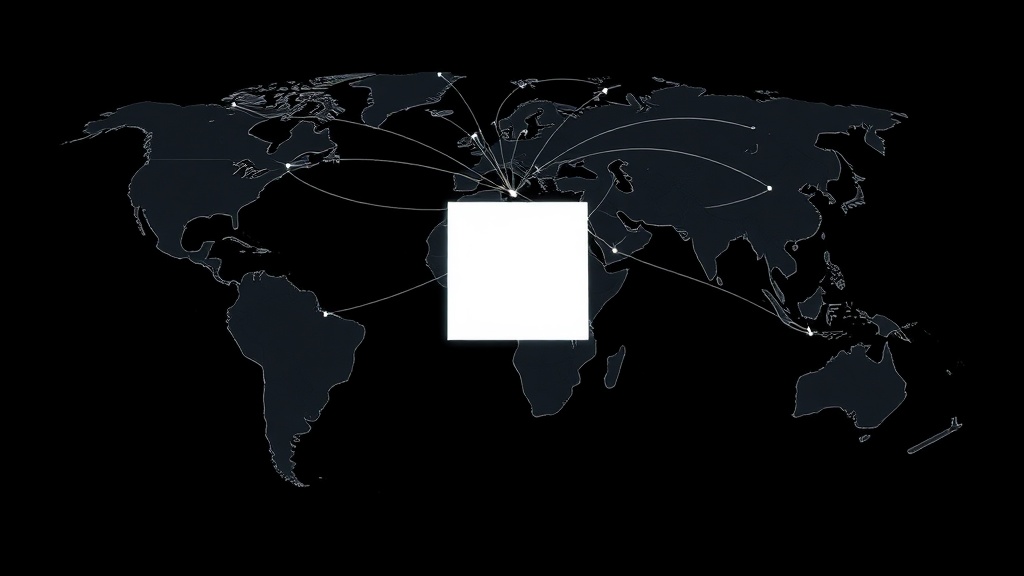Home / Science / Russia, India Forge Space, AI Bonds
Russia, India Forge Space, AI Bonds
20 Nov
Summary
- Russia and India plan mutual deployment of navigation system ground stations.
- Cooperation extends to manned space programs and propulsion engineering.
- Joint AI development for biometrics is a new focus area.

Russia and India are significantly expanding their bilateral cooperation, with space research as a primary focus. A key initiative involves the mutual deployment of ground stations for Russia's GLONASS and India's NavIC navigation systems, enhancing their integrated capabilities. This collaboration deepens existing partnerships in critical areas such as manned space programs, including India's Gaganyaan mission, and advanced propulsion engineering.
Beyond satellite navigation, the scientific and technical exchange spans diverse fields. Both countries are actively engaged in areas like biomedicine, physics, chemistry, healthcare, and materials science. India has shown keen interest in Russia's polar research initiatives, while quantum technologies represent another significant domain for joint development and innovation.
Emerging technologies are also at the forefront, with growing interest in artificial intelligence collaboration. Experts suggest a strategic focus on co-developing AI algorithms for biometrics, signaling a forward-looking approach to shared technological advancement. This multifaceted cooperation underscores a robust and evolving strategic partnership.




